Essential Oil Guide
An Easy-to-follow beginner’s guide to help
you use our essential oils effectively.

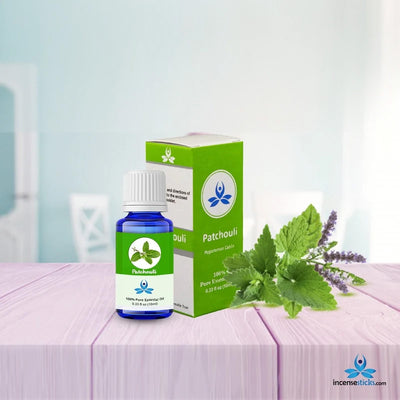 Patchouli Essential Oil
Patchouli Essential Oil Holy Basil Essential Oil
Holy Basil Essential Oil Rose Essential Oil
Rose Essential Oil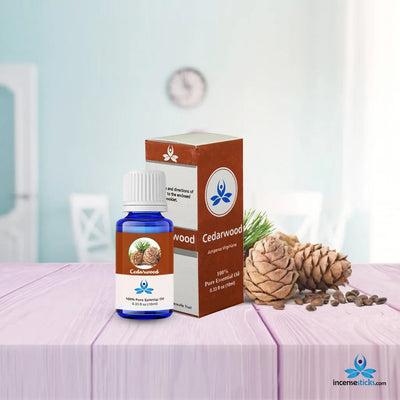 Cedarwood Essential Oil
Cedarwood Essential Oil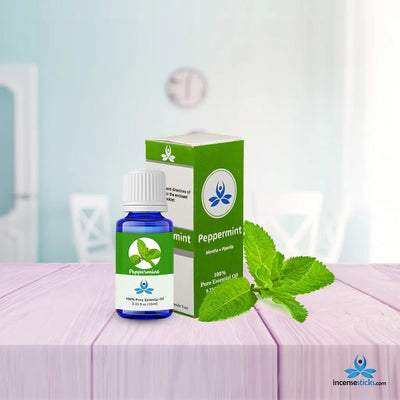 Peppermint Essential Oil
Peppermint Essential Oil Palmarosa Essential Oil
Palmarosa Essential Oil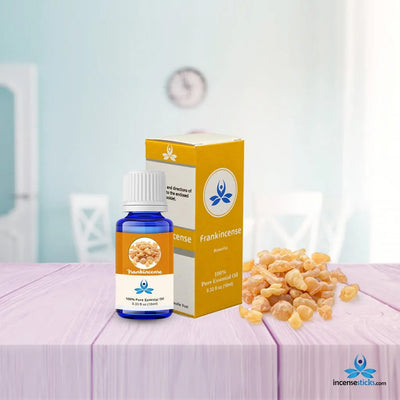 Frankincense Essential Oil
Frankincense Essential Oil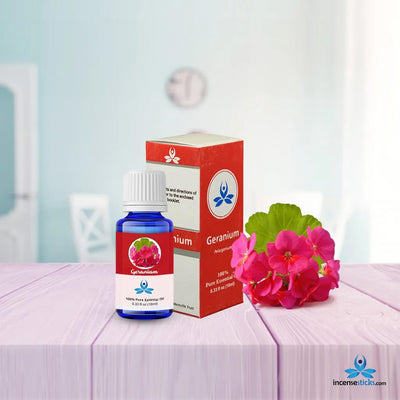 Geranium Essential Oil
Geranium Essential Oil Thyme Essential Oil
Thyme Essential Oil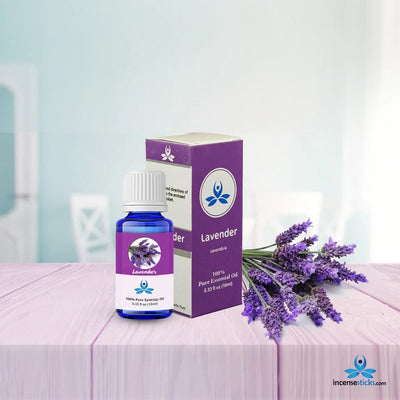 Lavender Essential Oil
Lavender Essential Oil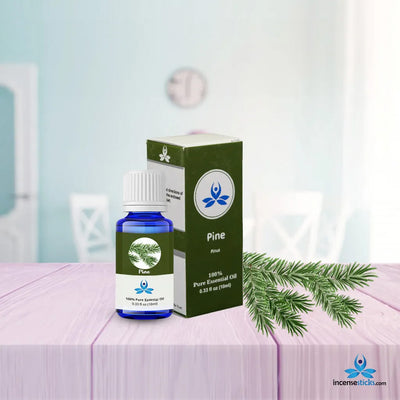 Pine Essential Oil
Pine Essential Oil Jasmine Essential Oil
Jasmine Essential Oil Black Pepper Essential Oil
Black Pepper Essential Oil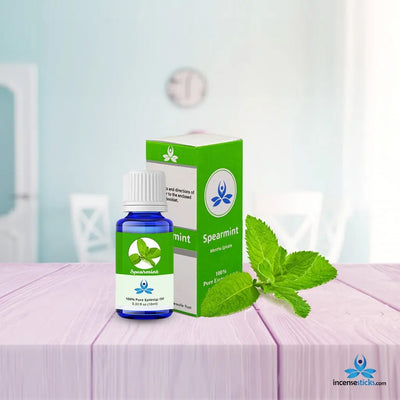 Spearmint Essential Oil
Spearmint Essential Oil Tea Tree Essential Oil
Tea Tree Essential Oil Eucalyptus Essential Oil
Eucalyptus Essential Oil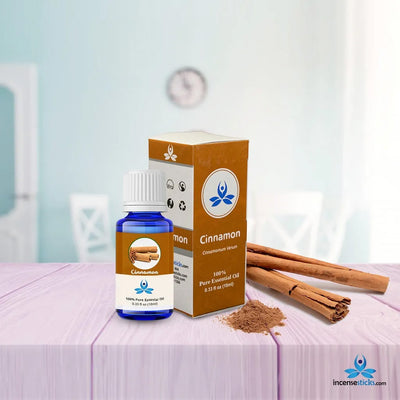 Cinnamon Essential Oil
Cinnamon Essential Oil Ginger Essential Oil
Ginger Essential Oil Cypress Essential Oil
Cypress Essential Oil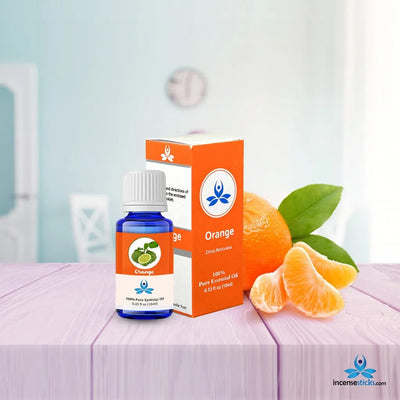 Orange Essential Oil
Orange Essential Oil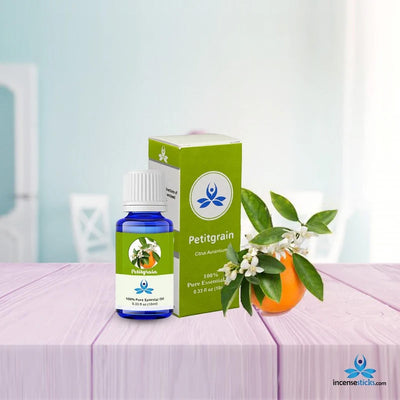 Petitgrain Essential Oil
Petitgrain Essential Oil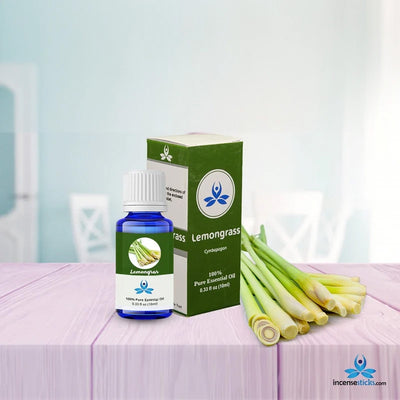 Lemongrass Essential Oil
Lemongrass Essential Oil Lemon Essential Oil
Lemon Essential Oil Clove Bud Essential Oil
Clove Bud Essential Oil Juniper Berry Essential Oil
Juniper Berry Essential Oil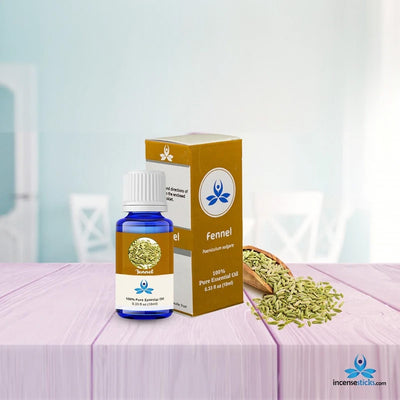 Fennel Seed Essential Oil
Fennel Seed Essential Oil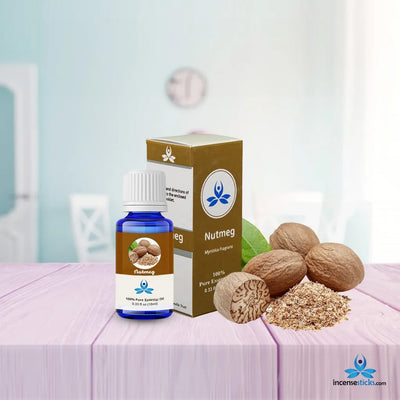 Nutmeg Essential Oil
Nutmeg Essential Oil Rosemary Essential Oil
Rosemary Essential Oil Clary Sage Essential Oil
Clary Sage Essential Oil Bergamot Essential Oil
Bergamot Essential Oil Carrot Seed Essential Oil
Carrot Seed Essential Oil Grapefruit Essential Oil
Grapefruit Essential Oil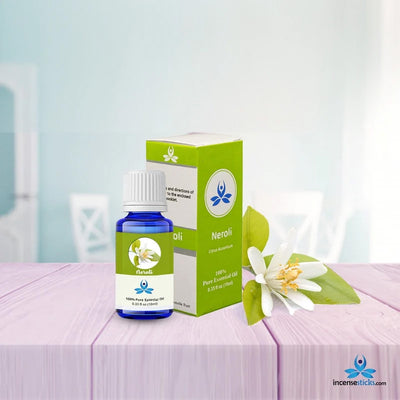 Neroli Essential Oil
Neroli Essential Oil Indian Basil Essential Oil
Indian Basil Essential Oil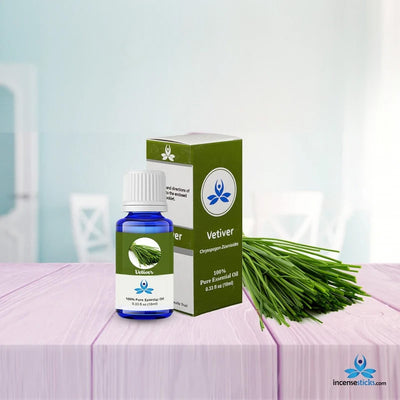 Vetiver Essential Oil
Vetiver Essential Oil Rosewood Essential Oil
Rosewood Essential Oil Valerian Essential Oil
Valerian Essential Oil Curry Leaf Essential Oil
Curry Leaf Essential Oil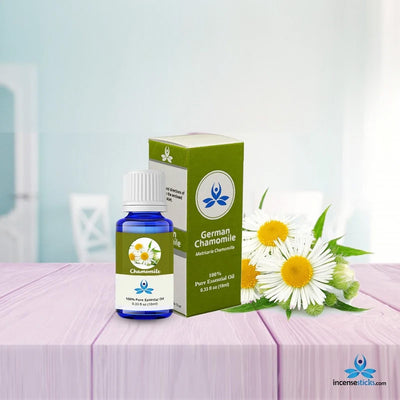 German Chamomile Essential Oil
German Chamomile Essential Oil
Keep me updated with the upcoming offers!
Subscribe to our Newsletter and unlock a world of benefits!
Sign up now and receive a warm welcome with a 15% discount right away!

